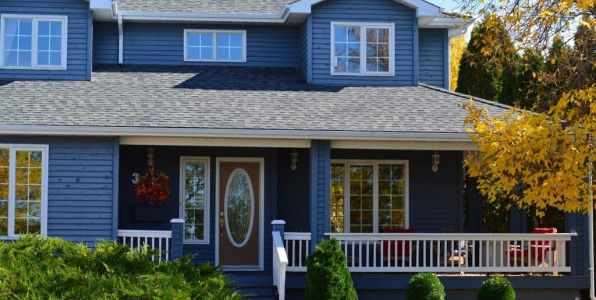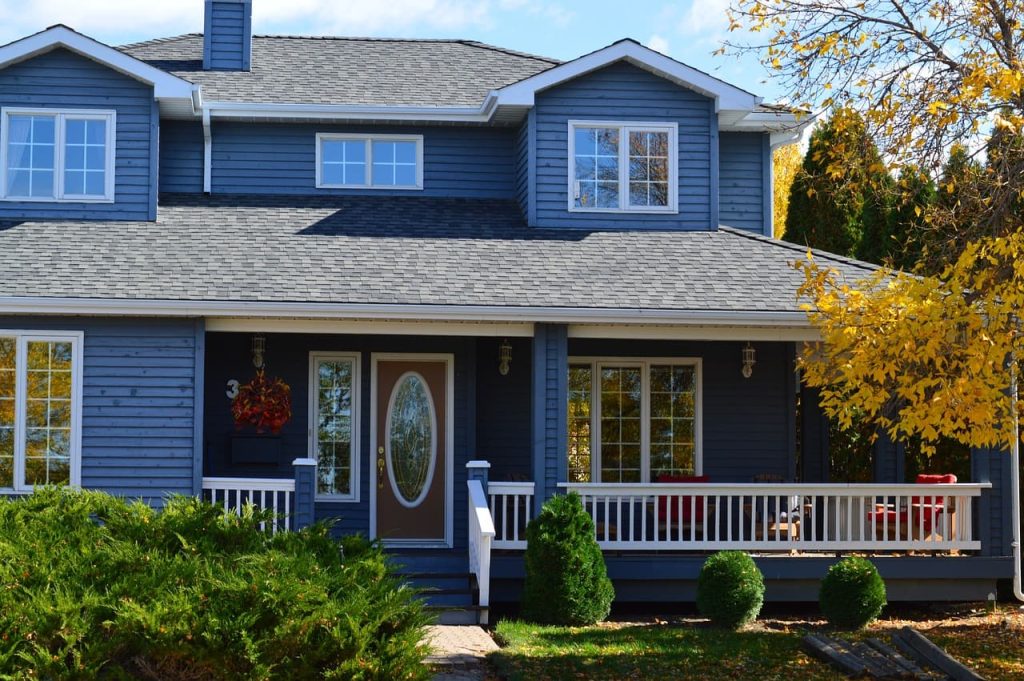A Guide to Choosing the Perfect Siding

A Guide to Choosing the Perfect Siding
The post A Guide to Choosing the Perfect Siding appeared first on UK Construction Blog.
Choosing the perfect siding for your home is more than just an aesthetic decision – it’s about durability, maintenance, cost, and even the climate in your area.
This guide aims to help you navigate the numerous options available in the market, discussing various types of siding materials, from vinyl, wood, and stucco to metal, and their pros and cons.
We’ll delve into factors such as installation complexities, insulation properties, and overall cost, ensuring you make an informed decision that suits your style and function needs.
Types of Siding Materials
Vinyl Siding
Vinyl siding is popular due to its versatility, low maintenance, and cost-effectiveness. It comes in various colors and styles, including shakes, scallops, and traditional horizontal planks.
One of the biggest advantages of vinyl siding is its durability – it can withstand harsh weather conditions such as extreme heat, cold, and moisture.
Another benefit is that it requires little to no maintenance, making it an attractive option for busy homeowners. However, vinyl siding can be prone to fading and cracking over time.
Wood Siding
Wood siding offers a timeless and natural look to any home. It comes in different types of wood, such as cedar, pine, and redwood, each with unique characteristics.
Wood siding is relatively easy to install and repair and can be painted or stained in various colors. It also has excellent insulation properties, making it energy-efficient. However, wood siding requires regular maintenance, such as painting or staining every few years, to protect it from rotting and pests.
Stucco
Stucco has been a popular choice for centuries, known for its durability and low maintenance. It is made of cement, sand, and lime, providing a sturdy exterior that can withstand extreme weather conditions.
One of the main benefits of stucco is its ability to regulate temperature – it keeps your home cool in hot and warm in cold weather. It also comes in various colors and can be textured to give a unique look. However, stucco is prone to cracking and can be challenging to repair.
Metal Siding
Metal siding has gained popularity recently due to its modern and sleek appearance. It comes in materials such as aluminum, steel, zinc, and copper, each with unique advantages.
Metal siding is highly durable and can last for decades with minimal maintenance. It is also fire-resistant and provides excellent insulation, making it energy-efficient. However, due to its complexity, metal siding can be expensive upfront and may require professional installation.
Factors to Consider
- Climate – The climate of the area where your home is located plays a significant role in choosing your siding material. For instance, areas with extreme weather conditions require durable and insulating materials, like stucco or metal, while in milder climates, you may opt for wood or vinyl siding.
- Aesthetics – Your taste and your home’s architectural style are critical when choosing siding. Various materials offer different looks and finishes. For instance, wood provides a classic, traditional appeal, while metal or vinyl siding can cater to a more modern aesthetic.
- Maintenance requirements – Maintenance is another essential consideration. Wood siding, while beautiful, requires regular upkeep to prevent decay and insect damage. On the other hand, vinyl and metal sidings generally require less maintenance, making them suitable for those looking for a low-upkeep option.
- Durability – The lifespan of the siding material is an important factor. Metal siding has a longer lifespan and is more impact-resistant than other materials. Vinyl and stucco, while durable, can be prone to cracking over time.
- Cost – Lastly, the cost should be considered. This includes the upfront cost of the materials and long-term costs related to maintenance and replacement. Metal siding, for example, is more expensive initially but might save you money over time due to its durability and low maintenance needs. Contact professionals to learn more about the cost.
Benefits of Good Siding

Energy Efficiency
A significant benefit of good siding is its impact on a home’s energy efficiency. Siding materials like wood and metal have excellent insulation properties, helping to keep your home warm in winter and cool in summer, thereby reducing the need for heating and cooling systems and, in turn, lowering your energy bills.
Home Value
Good, well-maintained siding can significantly increase your home’s market value. Not only does it enhance the exterior aesthetics, but it also indicates to potential buyers that the home has been well cared for. Homes with high-quality siding tend to sell faster and at higher prices.
Protection
Siding forms the first line of defense between your home and external elements. High-quality siding protects the structure of your home from harsh weather conditions, pests, and potential damage, thus ensuring its longevity.
Low Maintenance
Certain types of siding, such as vinyl and metal, require little to no maintenance. This means you don’t have to invest time or money in regular upkeep, which can be a significant advantage for busy homeowners.
Customization
Good siding offers a range of customization options. Depending on the material, siding comes in various colors, styles, and finishes, allowing you to tailor the look of your home to your taste and the architectural style of your property.
Noise Reduction
Lastly, some siding materials, like stucco and wood, provide excellent noise insulation, reducing the amount of outside noise that enters your home. This can be particularly beneficial if you live in a noisy neighborhood or near a busy street.
Conclusion
Choosing the perfect siding for your home requires careful consideration of various factors. Each siding material has unique benefits and drawbacks, so weighing them against your needs and preferences is essential. Good siding enhances your home’s curb appeal, provides protection and energy efficiency, and adds value to your property. Take the time to research and consult with professionals to find the right siding for your home.
Comments are closed